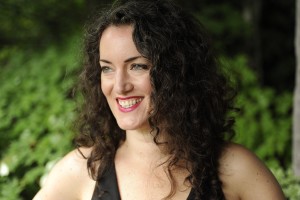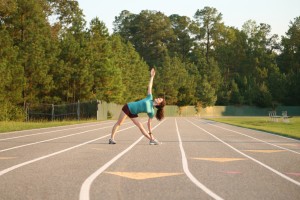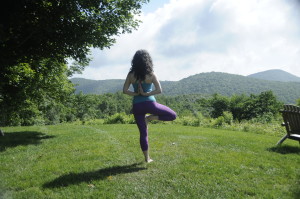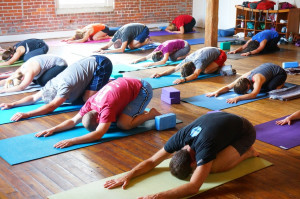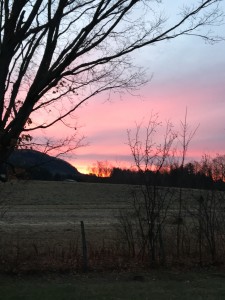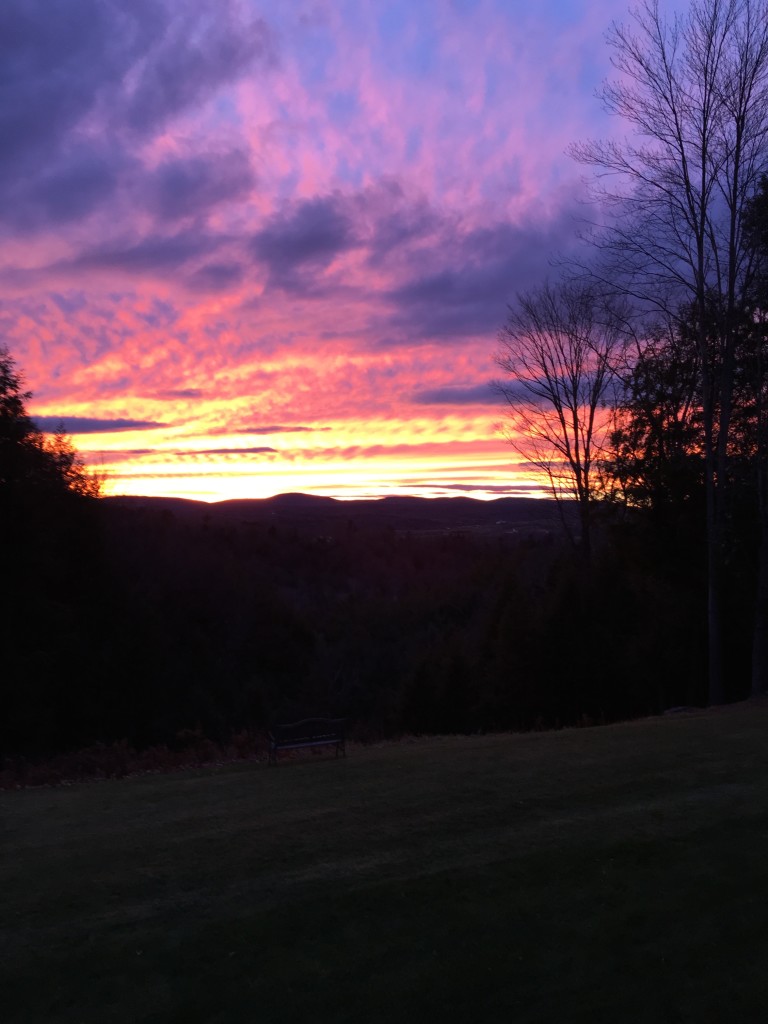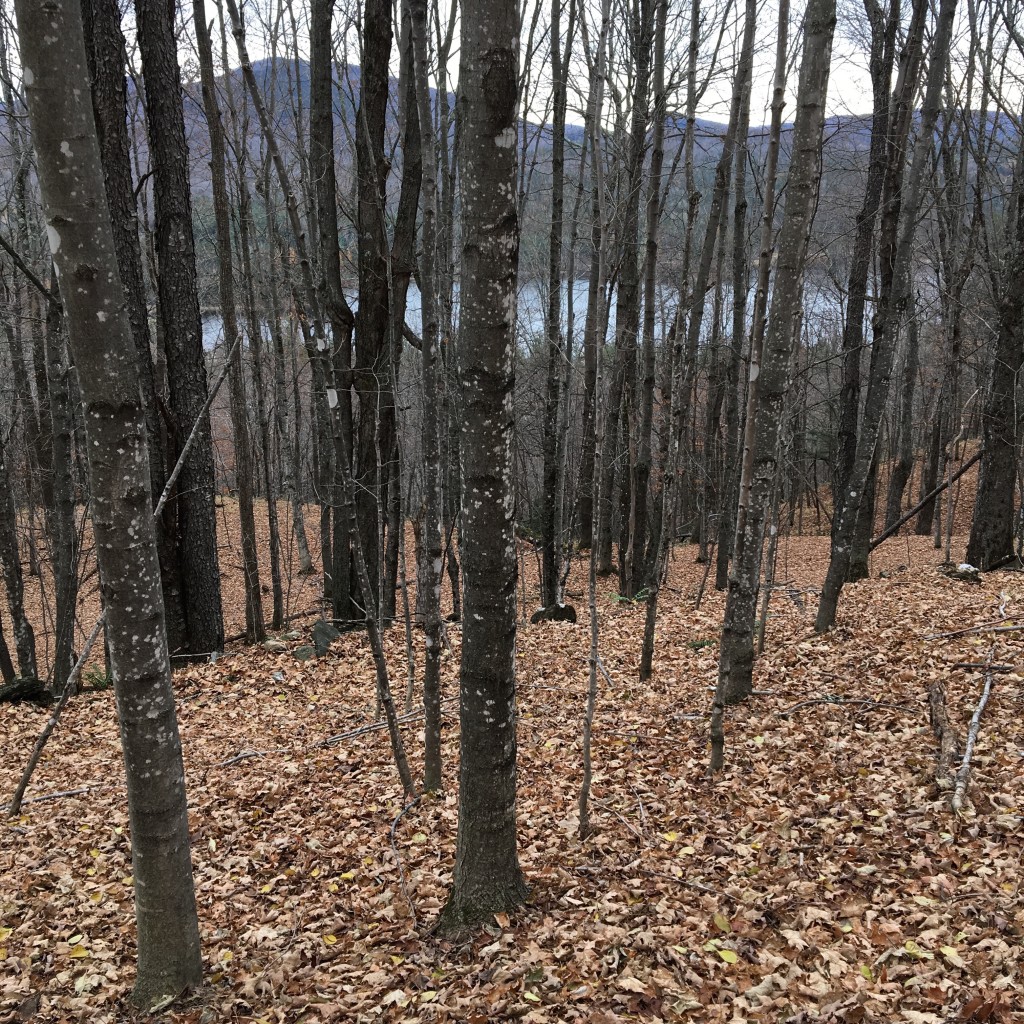It’s time to talk about Kinesio tape. What, you may ask? Yes, you do know what it is. You’ve probably even commented on the brightly colored pieces of tape seen on professional athletes on TV, or perhaps noted that your cycling or running companion is decorated with some strange looking strips of what look like overgrown Band-Aids.
Kinesio tape is getting plenty of exposure, especially where there is exposed skin on an athletic body. Let’s learn more.
Donna Smyers knows about taping. She is not only a world-class athlete, who, if she were a boastful person, could brag of world championships in triathlon, many podium finishes at the Hawaiian Ironman World Championships, and innumerable wins locally and nationally in a variety of endurance sports. But Smyers is also a well-respected physical therapist (www.donnasmyers.com). Athletes come to her knowing that if there is a way for them to heal, adapt and continue in their sport, she will find it.
Recently, I met with Smyers at her clinic, appropriately named Fixer-Upper Physical Therapy, in Adamant, to discuss the now-familiar use of taping.

Jeb Wallace-Brodeur / Staff Photo Physical therapist and athlete Donna Smyers applies kinesio tape to her knee at her office in Adamant.
Backstory.
In 1979, a Japanese chiropractor, Dr. Kenzo Kase, made news by developing a system of taping injured bodies with what has become known as Kinesiology. Kase’s light and flexible tape adheres to the skin and is designed to support and rehabilitate.
Millions of television viewers noted the use of Kinesio tape during the Summer Olympics of 2008. Brightly colored strips of something-or-other festooned arms, legs, shoulders; exposed skin on athletes who showed plenty of skin, such as rowers, divers and the gorgeous beach volleyball women. What was this stuff?Later, we learned that Lindsey Vonn was trimmed in tape when she won the downhill skiing gold medal in the Winter Olympics of 2010. There it was again.Still later, tennis star Novak Djokovic was decorated with tape at Wimbledon. An international soccer star was yellow-carded for celebrating a goal by peeling off his jersey (and, look, his back was taped) during a World Cup event, and today there’s hardly a track and field meet or NBA or NFL event at which the now familiar blue, pink, purple and yellow stripes don’t make an appearance. From David Beckham and Serena Williams to your next-door neighbor, Kinesio tape is the new tattoo for competitive and recreational athletes and the general public too.
A BBC report noted that “Dr. Kenzo Kase says he came up with the design because he found standard taping techniques, like conventional strapping, too restrictive for his patients. Although standard strapping provides muscle and joint support, it limits movement and, according to Dr. Kase, gets in the way of the healing process by restricting the flow of inflammatory fluids below the skin. Kinesio tape is different, he says, because it lifts the skin to assist this lymphatic flow, which, in turn, reduces pain and swelling.” (www.bbc.com)
Then, too, there’s the question of placebo effect. But, if it works, so what?
There was a time when athletes and those rehabilitating from muscular or skeletal injuries wore bandages or braces to help support the injured area while it was healing. They did this in an attempt to continue with their activities throughout the process. Some theories suggested that doing so was actually disadvantageous because it caused a false reliance on the support and therefore weakened the body instead of assisting recovery.
“All research says that wearing a brace to support an ankle or knee makes it stronger, not weaker,” Smyers said. It is incorrect to suggest that reliance on a properly designed and utilized brace, taping or other support causes further weakening to a muscle, ligament, tendon or joint. “The reasoning is primarily proprioceptive,” Smyers said. “If muscles and joints feel stable, they function in a more coordinated fashion. There is a perception of stability and the body functions accordingly.”
When the body tracks well and muscles respond to the stresses placed on them in a safe and strong way, the body’s strength, coordination, agility and power are improved. Or, in Smyers’ words, “If a brace keeps things safe, you get stronger and not weaker.” Braces, taping, lace-up boots and other means of support are particularly effective with ankle and knee injuries or weaknesses. Soccer players suffer ankle sprains and skiers stress their knees. Additional support helps and does not hurt.
But here we are talking about functional bracing. “An immobilizing brace is different,” Smyers said. When we consider the use of taping, we are not replacing a brace or cast that is necessary for the healing of, say, a broken bone.
It does make one wonder how a little piece of flexible tape can be of any use. Instead of wrapping long, thick Ace bandages around an injured area, a physical therapist or athletic trainer might reach into his or her bag and pull out a small roll of tape. They might cut the tape into lengths or strips, lay the tape gently on the skin while peeling off the paper backing and adjusting the tensile strength, and then rub the tape for a minute or two. Bingo. That’s it.
“I was a little slow to believe in it,” Smyers said. “It doesn’t look like much.” About 15 years ago, Smyers did an in-service training at her then-physical therapy group. A coworker had attended a class in taping and came back to share what she had learned. “I first used Kinesio tape on clients for hematomas (bruises) because the benefits to lymph drainage were proven and visible,” Smyers said. It wasn’t until recently — about the past five years or so — that Smyers has started using taping to support muscles and tendons. Using herself as a test, she now tapes with confidence. “It is more proprioceptive; it tells your body what to do and sooner. It is light support but speaks to the muscles based on the tension on the skin,” she said.
What about the tension? Just coming off the roll there is about 15 percent tension, which increases slightly when removing the backing. When more tension is needed and the tape is stretched taut, it is more like traditional taping. How do you know what tension to apply? Here’s where professional help comes in. A professional can evaluate the injury, determine the most appropriate taping method and then teach you how to apply the tape.
Tape can be worn for up to a week before replacing. “For most body parts, people can learn to tape themselves,” Smyers said. (Of course reaching around to your back is awkward and requires assistance). There are books that offer excellent guidance and, Smyers added, “Don’t forget YouTube where you can find almost every taping there is.”
There is so much use of Kinesio tape that one wonders if it is being used needlessly or perhaps preventively. “There is a fine line between prevention and management,” Smyers said. “If you have a susceptibility to something, then go ahead and tape. If you’re OK, don’t.”
The same might be said for other types of support. If you are one of those who repeatedly sprain or strain an ankle, by all means wear an ankle brace during sports. “Those with absolute ankle sprains should prophylactically wear ankle braces,” Smyers said. “Bracing can drastically decrease the number of sprains,” for example, in soccer or trail running. There are good lace-up braces as well as taping options depending on the condition of your ankle.
TAPING TIPS: There are a number of types of tape on the market: K-tape, KT, Rock Tape, TEX, Spider, Gold, waterproof and so on. “Some stick better than others,” Smyers said. “Self-test. Some come pre-cut and shaped. In general, they all work the same.”
Color choice is up to you. Kinesio tape is latex free.
Applying the tape is simple. Cut the necessary number and length of strips, round the corners, lay against the skin in the prescribed tension and pattern, remove the backing as you do so, and smooth it down by rubbing to generate enough heat to help adherence.
Prescribed tension and pattern? Again, you need an evaluation by a professional. But after that there are ways for you to help yourself.
As Smyers suggested, visit www.youtube.com. I found the following book helpful: “Kinesiology Taping, The Essential Step-by-Step Guide. Taping for Sports, Fitness & Daily Life, 160 Conditions & Ailments” by John Langendoen and Karin Sertel.
When the authors say 160 conditions and ailments, they mean it. Taping is recommended for, among other things, foot discomfort, bunions, weak ankles, sore shins, strained or cramping calf muscles, quadriceps and hamstrings that pull easily, shoulder pain experienced in raising the arm or rotating in the joint, headaches caused by tense muscles, abdominal strains, blocked sinuses, menstrual pain, first aid, bruising, swelling or edema, healing of a scar, carpel tunnel syndrome, thumb joint osteoarthritis, tennis elbow …
If the shoe fits, wear it. If the tape works, use it.
This story first appeared 3-13-2016 in the Rutland Herald & Times Argus, ACTIVE VERMONT section and was written by Linda Freeman, Field Editor.


 YOGA FOR ATHLETES
YOGA FOR ATHLETES